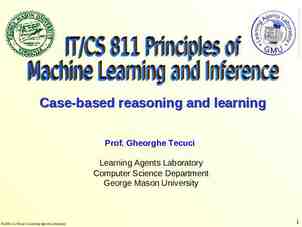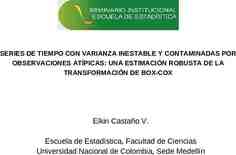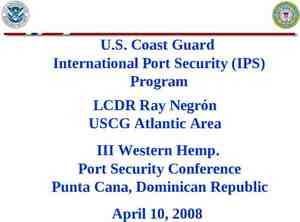Ethernet 802.3 Physical Layer • Topology: Order in which stations
12 Slides139.50 KB
Ethernet 802.3 Physical Layer Topology: Order in which stations receive bits Ethernet hubs use a bus topology – Signal is broadcast – All stations receive almost simultaneously
Ethernet 802.3 Physical Layer Topology: Order in which stations receive bits Early Ethernet standards arranged stations in a daisy chain – Stations broadcast on the chain in both directions – All stations receive almost simultaneously – Original idea of bus
Ethernet 802.3 Physical Layer Topology: Order in which stations receive bits Ethernet switches use a switched topology – Signal only goes to one station
Ethernet 802.3 Physical Layer Ethernet began as a bus network Some question whether Ethernet switching is really Ethernet However, hubs will be disappearing in the next few years, and almost all Ethernet will be switched
Ethernet 802.3 Physical Layer Recent Ethernet 802.3 Standards use Unshielded Twisted Pair (UTP) Wiring or Optical Fiber For Small LANs with a Single Hub or Switch, use UTP Exclusively
Physical Layer 802.3 UTP Standards Ethernet 802.3 10Base-T 802.3 – Physical layer standard – Created by the 802.3 Working Group – 10 Mbps 10 Mbps – Baseband transmission Insert signal directly into wire No channels – T means uses UTP twisted-pair wire
Physical Layer 802.3 UTP Standards Ethernet 802.3 100Base-TX – 100 Mbps – 100Base-TX: Not just 100Base-T because other 100Mbps UTP standards were created but were not used significantly Ethernet 802.3 1000Base-T – Gigabit Ethernet – Overkill for small LANs
Physical Layer 802.3 UTP Standards Wiring – Unshielded Twisted Pair – Bundle of 4 pairs (only uses 2 pairs) One pair to send One pair to receive – Terminates in RJ-45 connector Slightly larger than RJ-11 home phone connector
Physical Layer 802.3 UTP Standards Categories of UTP Wiring – Wiring Quality, Category 3 being lowest For 10Base-T – Categories 3, 4, or 5 are OK – However, most installed wiring is Cat 5 For 100Base-TX, Cat 5 is required For Gigabit Ethernet, Enhanced Category 5 is recommended, although Cat 5 should work if perfectly installed
Physical Layer: 802.3 UTP Standards Wiring – 100 meters maximum UTP distance hub-tostation or hub-switch – 200 meters maximum distance between stations 200 m 100 m 100 m
Physical Layer 802.3 Standards NIC-Hub Communication – NIC transmits on one pair (Pins 1&2) – Hub or switch transmits on another pair (Pins 3 & 6) – Other 4 wires are not used To Hub or Switch (Pins 1&2) From Hub or Switch (Pins 3&6)
Physical Layer 802.3 Standards Upgrading from 10Base-T to 100Base-TX – Need new hub or switch May have autosensing 10/100 ports that handle either 10 Mbps or 100 Mbps NICs – Need new NICs Only for stations that need more speed – No need to rewire This would be expensive

















